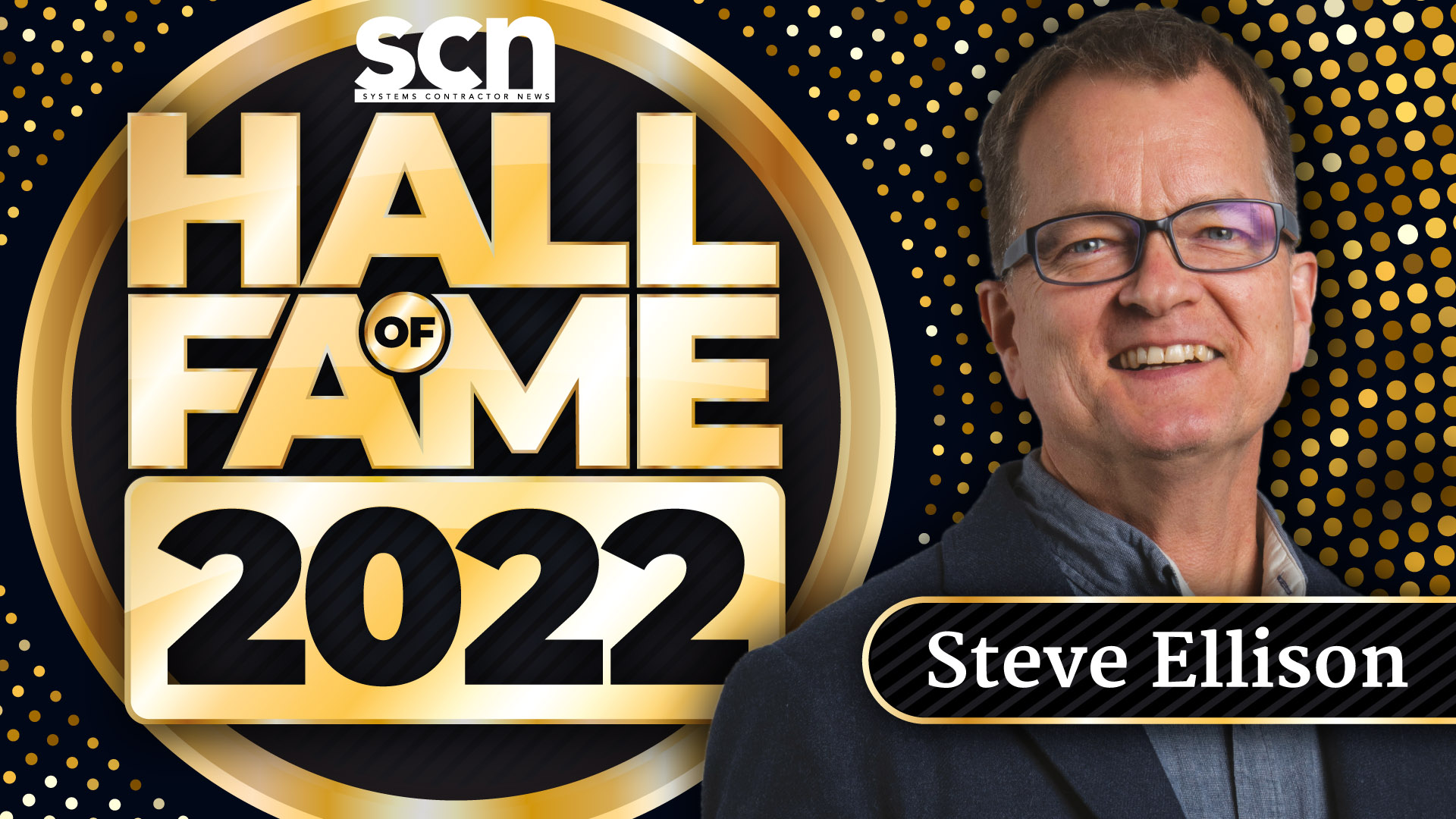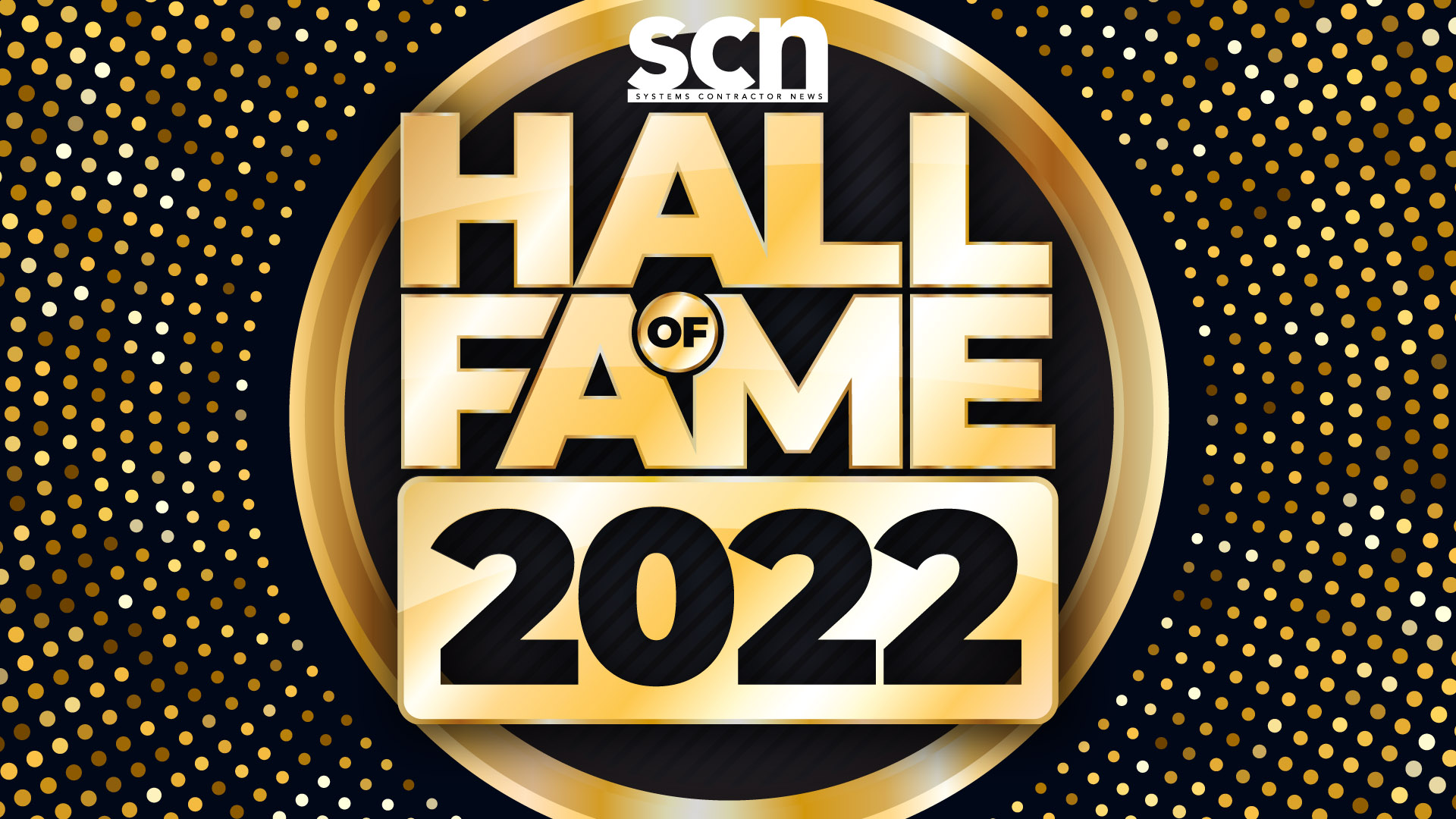SCN Hall of Fame 2022: Steve Ellison
He's probably best known as one of the founding fathers and key architects of Meyer Sound Constellation and Spacemap.

The Pro AV industry is loaded with talented people, and at SCN, we're proud to celebrate the achievements of the newest members of our Hall of Fame.
Steve Ellison is probably best known as one of the founding fathers and key architects of what became Meyer Sound Constellation (celebrating its official 15th anniversary this year) and Spacemap, which after some 30 years of innovation now puts spatial audio literally at a user’s fingertips.
Like many people involved in emerging technology, Ellison’s passion for spatial audio goes back to a geodesic dome hung with 16 speakers somewhere in Canberra, Australia. He was a 1980s twenty-something with a passion for computers and music—and found his tribe with a small group of composers and computer artists called “floating exceptions.” They pursued something years ahead of its time, developing a vocabulary of spatial and object-oriented sound. Ellison built algorithms that represented that shared vocabulary and experience, and harnessed the groundbreaking immediacy and dimensionality of spatial sound.
[SCN Hall of Fame 2022: Hailey Klein]
His subsequent performances included quad configurations in a planetarium and other venues, and later led to pioneering sound designer Jonathan Deans (think Cirque du Soleil), who brought Ellison in to help launch LCS Audio in 1992. LCS led from the front in spatial audio. For Ellison, it was always tech and music—one foot in emerging software, the other in a network of forward-thinking artists and sound pros who understood how to deploy the tools he was helping to build.

In 2005, Meyer Sound acquired LCS (and their tech, including VRAS and Spacemap). Ellison began the next chapter—now supported by the breadth of the Meyer Sound team and their expertise in product and market development. As Ellison tells it, Constellation then became collaboration and a team effort, a tool brought to maturity by the considerable efforts of his colleagues at Meyer. They took it farther than Ellison himself imagined and support it with an infrastructure that has matured over 15 years. What was then pioneering is now what Ellison called a benchmark product in a world that is still catching up to the potential of active acoustics and spatial audio.
Constellation became popular because of the way it shapes communication in a venue, especially venues that can be problematic acoustically. It can manage a room to bring performers closer to the audience, bring audience feedback closer to the performer, help performers hear other performers, and help an audience feel more connected. In restaurants, it can modulate the balance between liveliness and privacy. It connects people in a shared space.
A daily selection of the top stories for AV integrators, resellers and consultants. Sign up below.
[SCN Hall of Fame 2022: Aidan Williams]
Ellison traveled the world helping with Constellation installations; he got to experience being with the end users when they turn it on. “There’s a process,” he said, “and 100 people along the way who make that possible, from tech development to architects and installers, to the artists who make it all worthwhile.”
In the past couple of years, as Constellation became widely deployed, Ellison turned his focus full time to Spacemap, where he gets to share in the development and realization of another of his passions. The core of Spacemap predates Constellation and remains a part of it; many of the power users take advantage of that capability to move and mix spatial sound, but for most Constellation is first and foremost an acoustics tool.
[SCN Top 50 Systems Integrators 2021]
Spacemap Go is a much more accessible way to design and mix spatial sound. It drives off the power of Meyer’s Galileo GALAXY network platform and is quite literally an app. So, not quite so unwieldy as the early Mac software controlling 16 speakers in a geodesic dome.
How does Ellison feel 30 years on? “Gratified,” he answered without hesitation. “It’s something I’ve seen the value in and been interested in for 36 years. It’s been a long time. A couple things have made it possible now—the tech has caught up to the desire, both in computing power and in user interfaces to harness it. Now, with Apple and Dolby bringing it mainstream, it will accelerate even more and make spatial audio available to more artists and listeners. The future will see further integration between active acoustics and spatial audio. Those tools will continue to come together in the hands of people with imagination.
“It’s great when you help develop a tool and then hear other people make it sing.”
